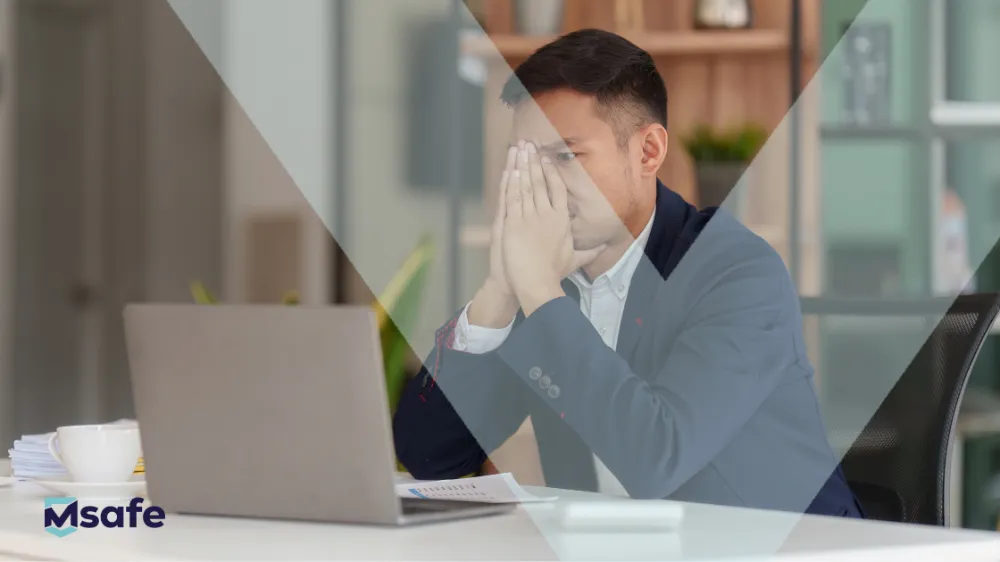Two secure file sharing platforms, each with a distinct purpose
TransferOne and Msafe Secure File Transfer are both developed by Msafe Secure Software Solutions, a Dutch company specialized in secure data exchange and digital sovereignty. While both platforms share the same foundation of security, privacy, and simplicity, they serve different needs from individuals and freelancers to organizations that must comply with strict European frameworks such as NIS2 and DORA.
TransferOne: secure and simple file sharing for everyone
TransferOne is designed for individual users, freelancers, and small businesses who want to send large files safely, without cost or complexity.
Users can transfer files up to 25 GB per upload, hosted entirely in the Netherlands and protected under EU GDPR regulations.
The platform requires no account, no subscription, and no hidden conditions. Files can be protected with a password or PIN and are automatically deleted after the user’s selected retention period. For anyone looking for a privacy-friendly alternative to generic cloud or file-sharing services, TransferOne is the safe, straightforward choice.
In short: TransferOne makes secure file sharing easy and accessible to everyone.
Msafe Secure File Transfer: built for compliance and control
For organizations that operate under European regulations such as NIS2 (Network and Information Security Directive)and DORA (Digital Operational Resilience Act), Msafe Secure File Transfer offers a professional, compliance-ready solution.
The platform is designed for businesses handling sensitive information daily — where security, traceability, and data control are essential.
Features such as Single Sign-On (SSO), Multi-Factor Authentication (MFA), audit logging, API integrations, Several Add-ins (outlook) and central access control help organizations meet regulatory demands for data integrity, operational resilience, and secure collaboration.
Where TransferOne focuses on accessibility and simplicity, Msafe Secure File Transfer provides the structure, control, and traceability required in regulated industries such as energy, finance, and government.
One philosophy, two applications
Both solutions share the same vision: secure file sharing should be simple.
TransferOne empowers individuals to share safely and effortlessly, while Msafe Secure File Transfer helps organizations stay compliant with NIS2, DORA, and GDPR without compromising usability.
Together, they form a complete ecosystem for secure, compliant, and sovereign data exchange, from freelancer to enterprise.







